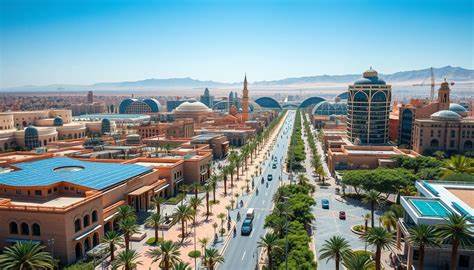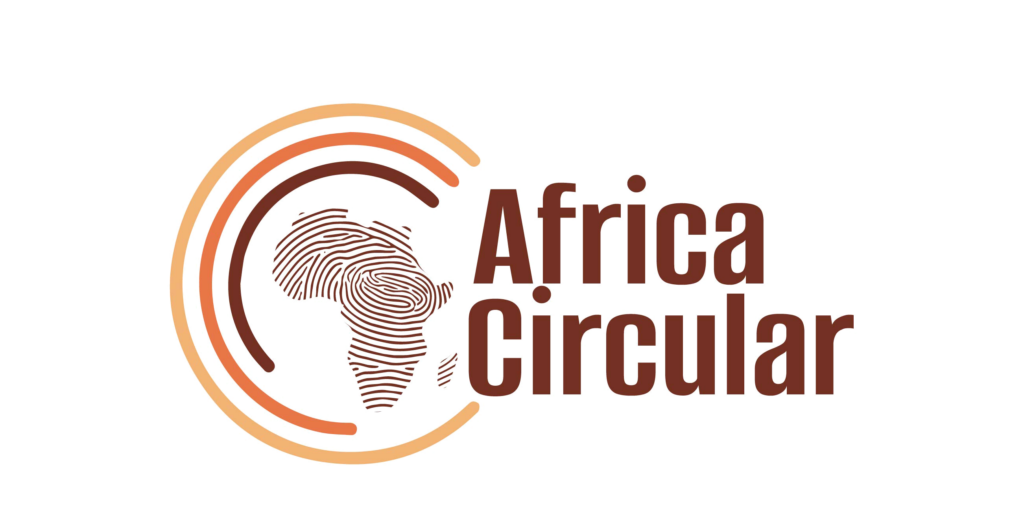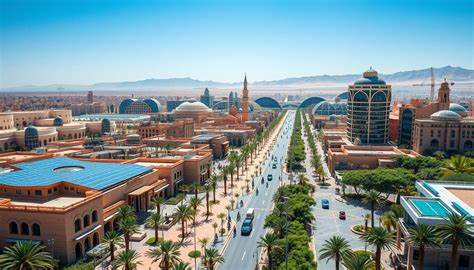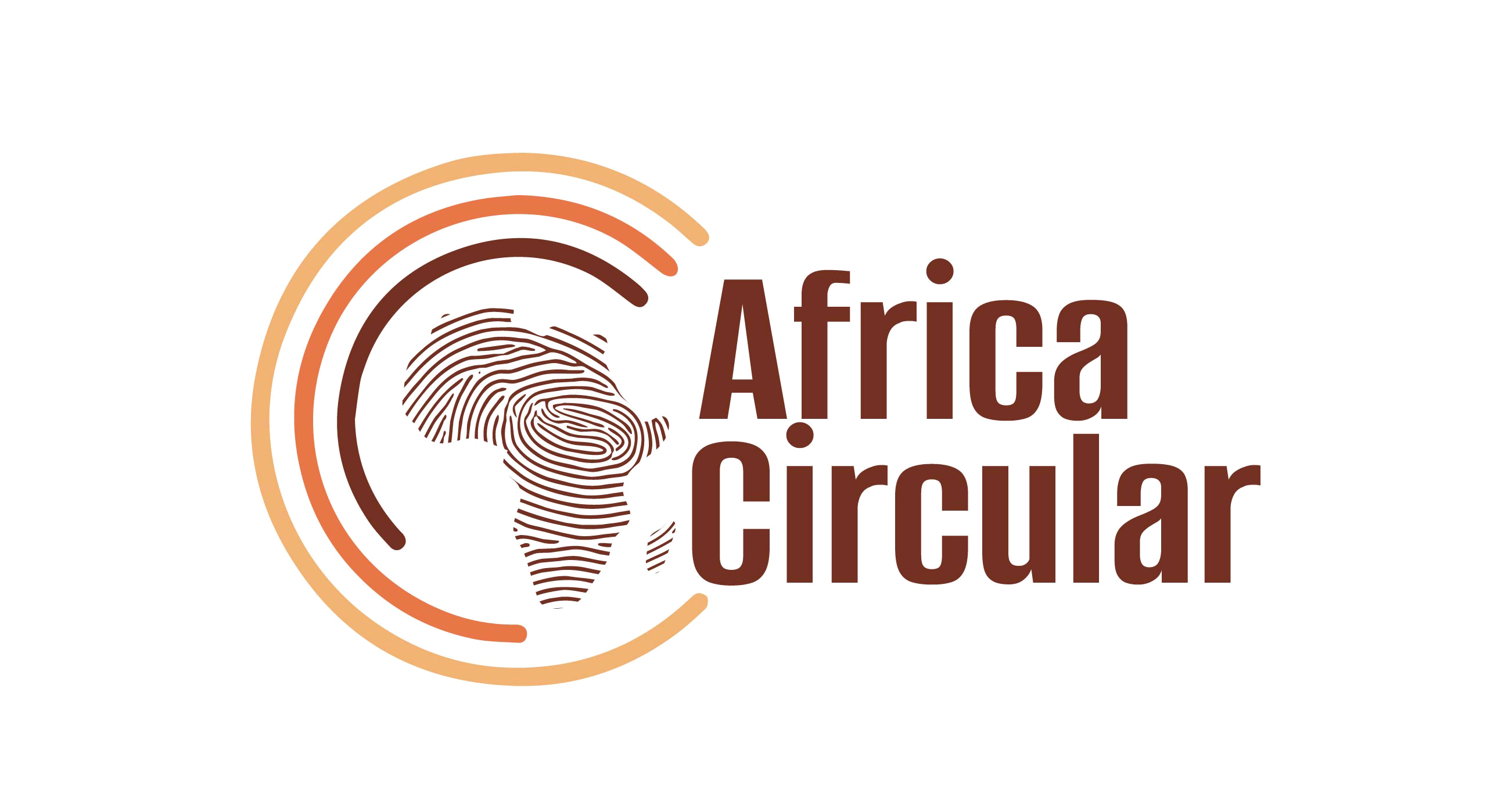In a significant move towards sustainability, Morocco has initiated the development of a National Circular Economy Roadmap. This ambitious project aims to transform the country’s economic model by promoting resource efficiency, reducing waste, and fostering sustainable practices across various sectors. The roadmap is a collaborative effort involving multiple stakeholders, including government agencies, private sector entities, and civil society organizations.
Background
Morocco’s commitment to sustainability is not new. The country has been a pioneer in renewable energy, particularly solar and wind power, and has made substantial investments in green infrastructure. The launch of the National Circular Economy Roadmap is a natural progression in Morocco’s journey towards a more sustainable future. This initiative aligns with global efforts to combat climate change and promote sustainable development.
Objectives of the Roadmap
The primary objectives of the National Circular Economy Roadmap are:
- Resource Efficiency: To optimize the use of natural resources and minimize waste generation.
- Economic Growth: To create new economic opportunities and jobs through sustainable practices.
- Environmental Protection: To reduce environmental impact by promoting recycling, reuse, and sustainable production methods.
- Innovation and Technology: To foster innovation and the adoption of new technologies that support circular economy principles.
Key Components
The roadmap comprises several key components designed to achieve its objectives:
- Policy Framework: Establishing a robust policy framework that supports circular economy practices. This includes regulations, incentives, and standards that encourage businesses and individuals to adopt sustainable practices.
- Public Awareness and Education: Raising awareness about the benefits of a circular economy and educating the public on sustainable practices. This involves campaigns, workshops, and educational programs targeting various segments of society.
- Infrastructure Development: Investing in infrastructure that supports recycling, waste management, and sustainable production. This includes the development of recycling facilities, waste-to-energy plants, and sustainable manufacturing units.
- Research and Innovation: Promoting research and innovation in circular economy practices. This involves funding research projects, supporting startups, and fostering collaboration between academia and industry.
- Partnerships and Collaboration: Building partnerships with international organizations, private sector entities, and civil society organizations to leverage expertise and resources.
Implementation Strategy
The implementation of the National Circular Economy Roadmap will be carried out in phases, with specific milestones and targets set for each phase. The strategy involves:
- Phase 1: Planning and Consultation: Engaging stakeholders in the planning process and conducting consultations to gather input and feedback. This phase will involve the development of detailed action plans and setting of targets.
- Phase 2: Pilot Projects: Implementing pilot projects to test and refine circular economy practices. These projects will serve as models for scaling up successful practices.
- Phase 3: Scaling Up: Expanding successful pilot projects and implementing circular economy practices on a larger scale. This phase will involve significant investments in infrastructure and capacity building.
- Phase 4: Monitoring and Evaluation: Continuously monitoring and evaluating the progress of the roadmap. This involves tracking key performance indicators, conducting regular assessments, and making necessary adjustments to ensure the roadmap’s success.
Challenges and Opportunities
While the National Circular Economy Roadmap presents numerous opportunities, it also comes with challenges. Some of the key challenges include:
- Financial Constraints: Securing adequate funding for the implementation of the roadmap.
- Behavioral Change: Encouraging individuals and businesses to adopt sustainable practices.
- Technical Expertise: Building the technical expertise required to implement and sustain circular economy practices.
Despite these challenges, the roadmap offers significant opportunities for economic growth, environmental protection, and social development. By embracing circular economy principles, Morocco can position itself as a leader in sustainability and set an example for other countries to follow.
Conclusion
The launch of Morocco’s National Circular Economy Roadmap is a bold and visionary step towards a sustainable future. By promoting resource efficiency, fostering innovation, and building strong partnerships, Morocco is paving the way for a circular economy that benefits both the environment and the economy. As the roadmap progresses, it will be crucial to address challenges, leverage opportunities, and ensure the active participation of all stakeholders.

See article from switch to circular.





